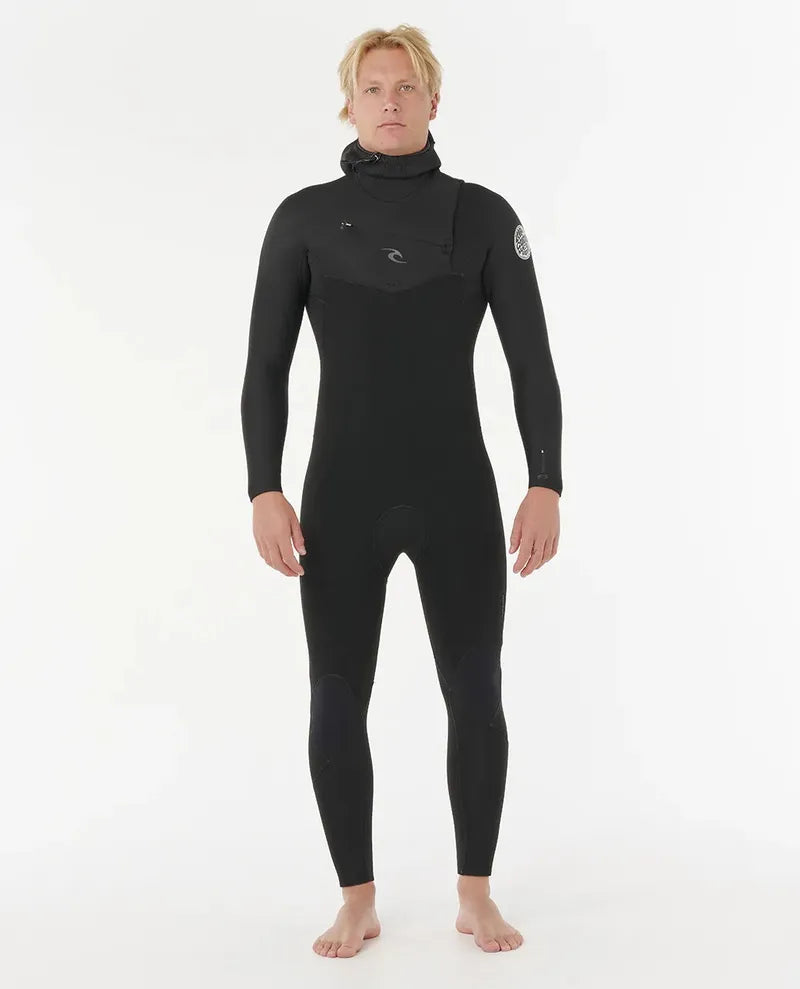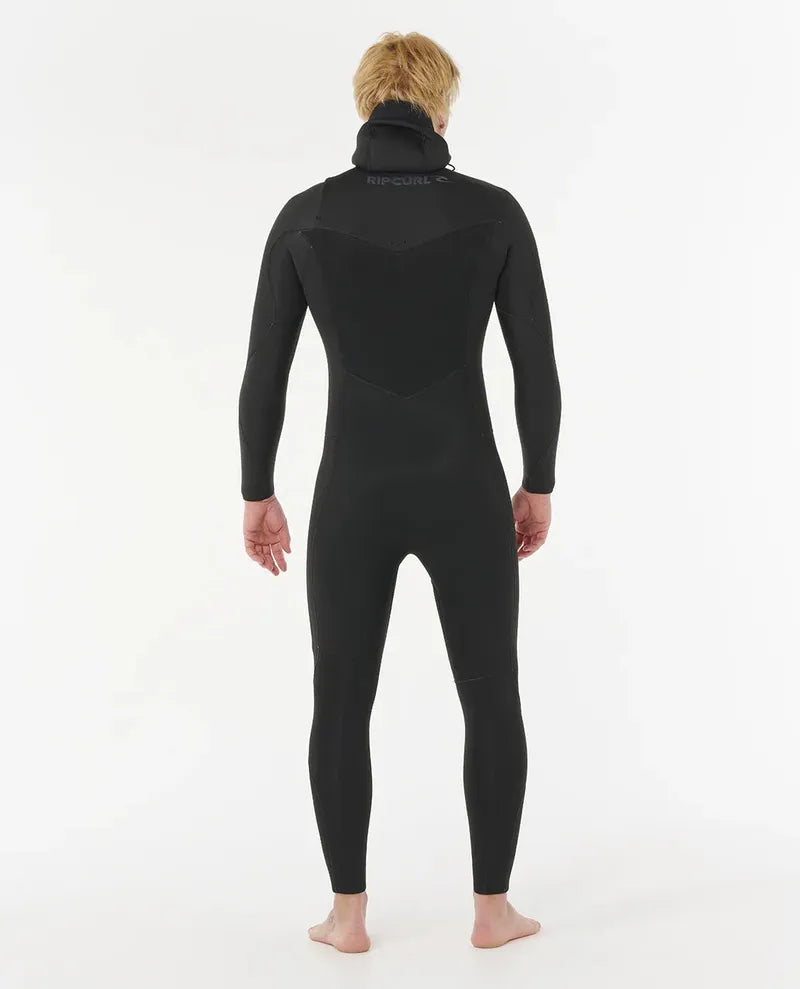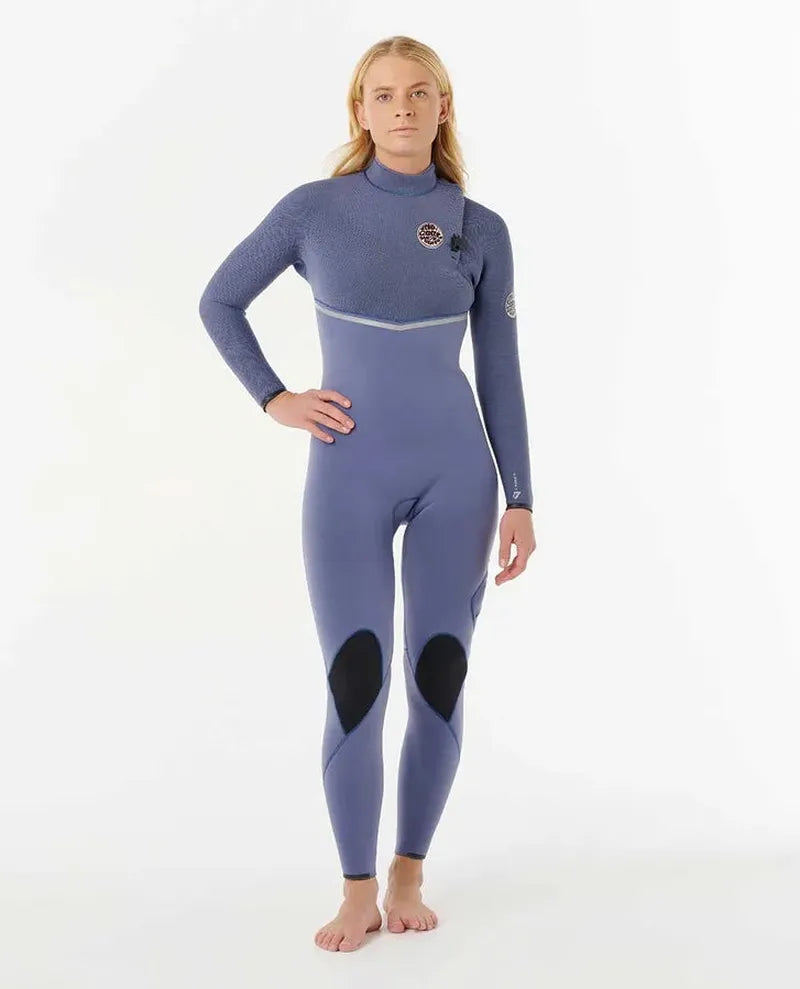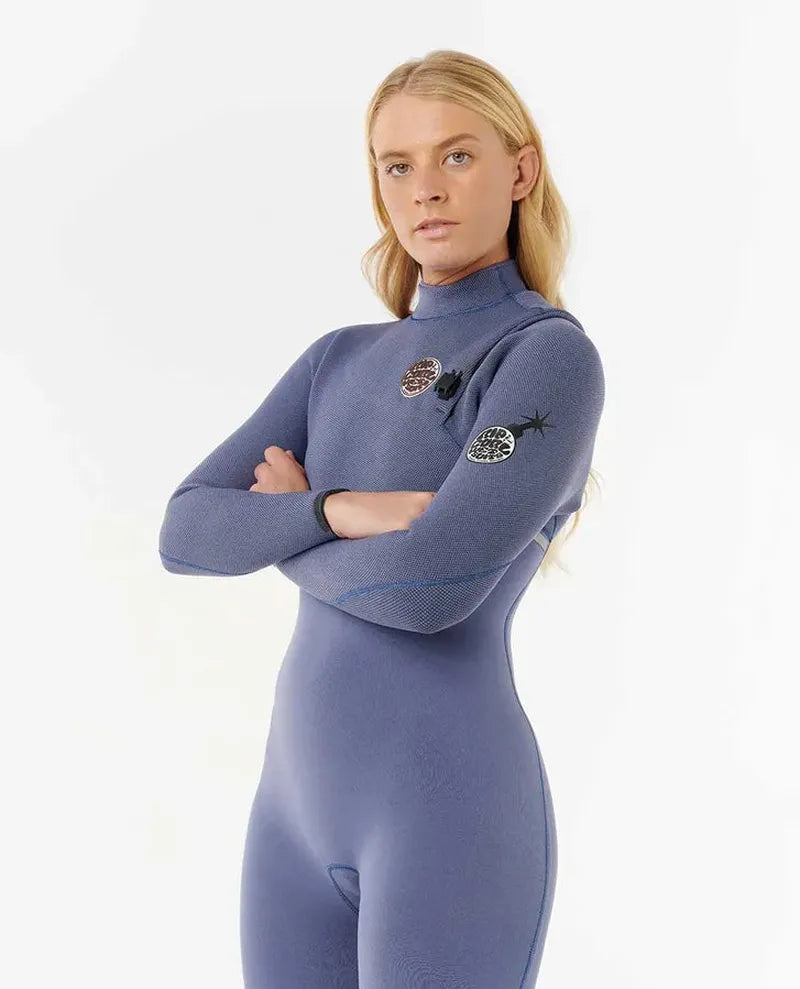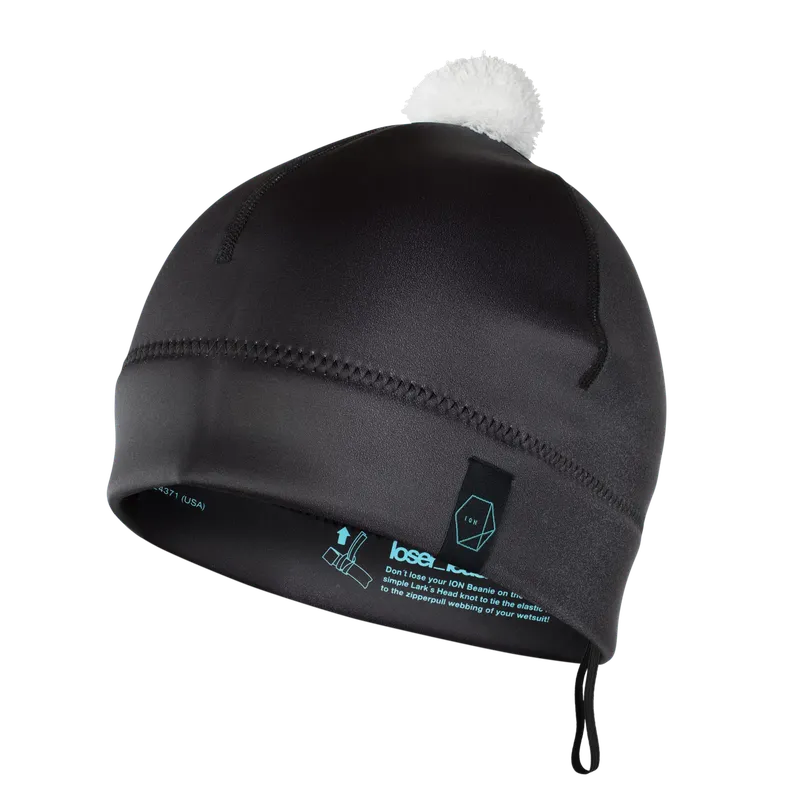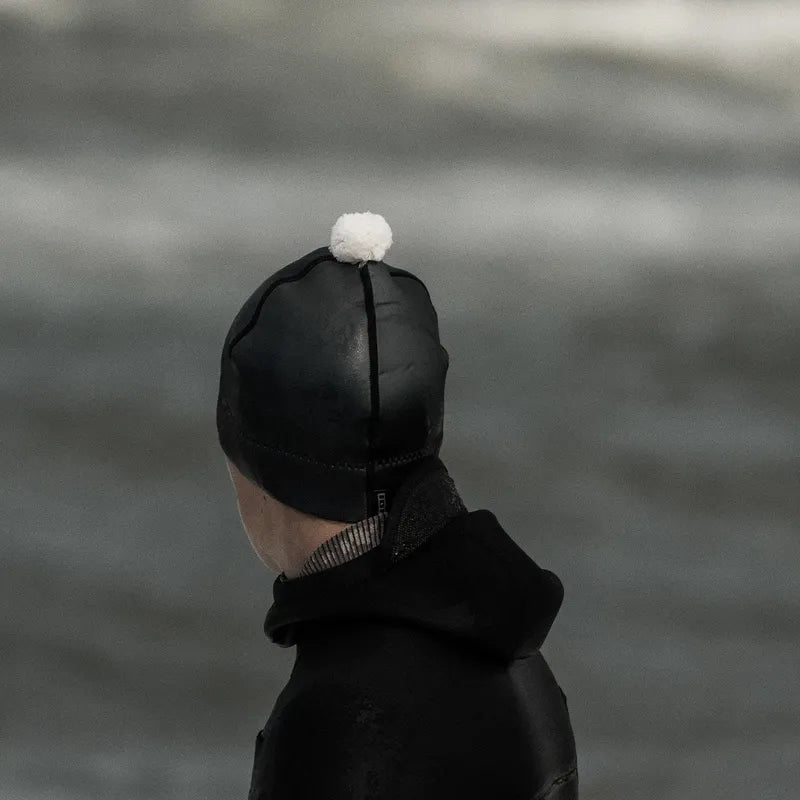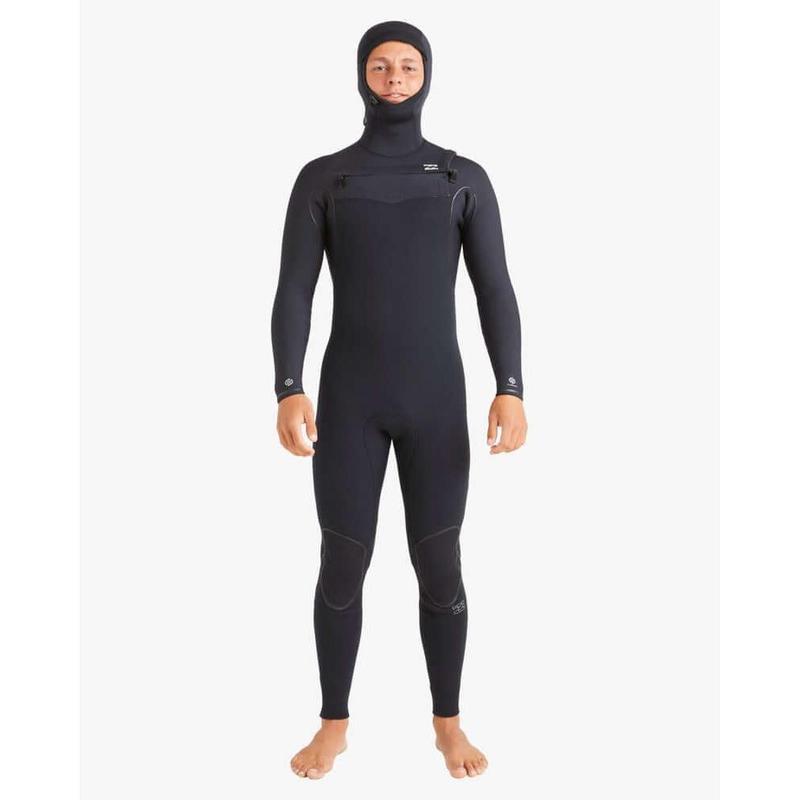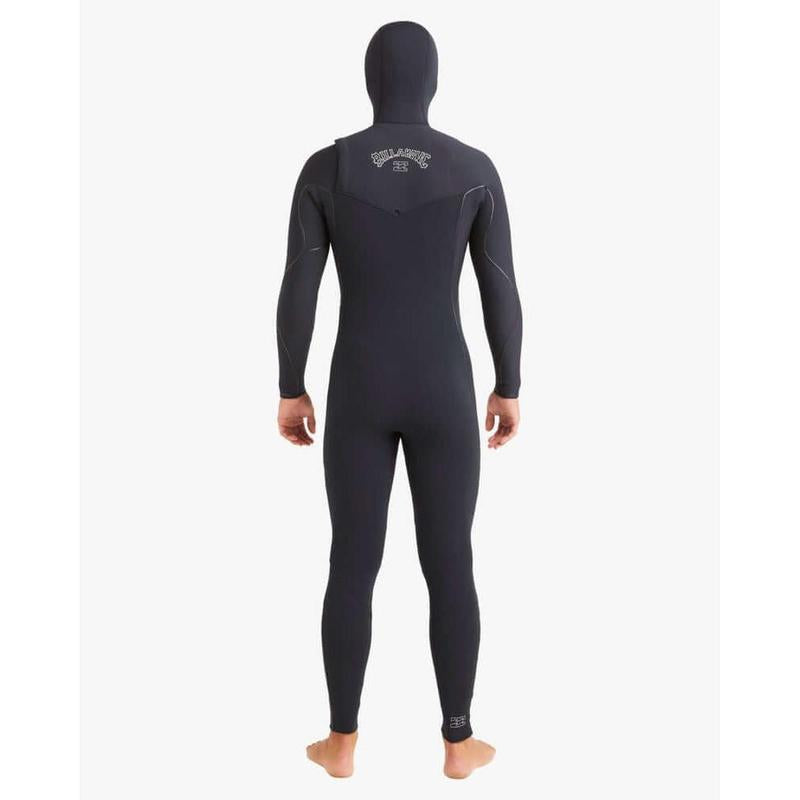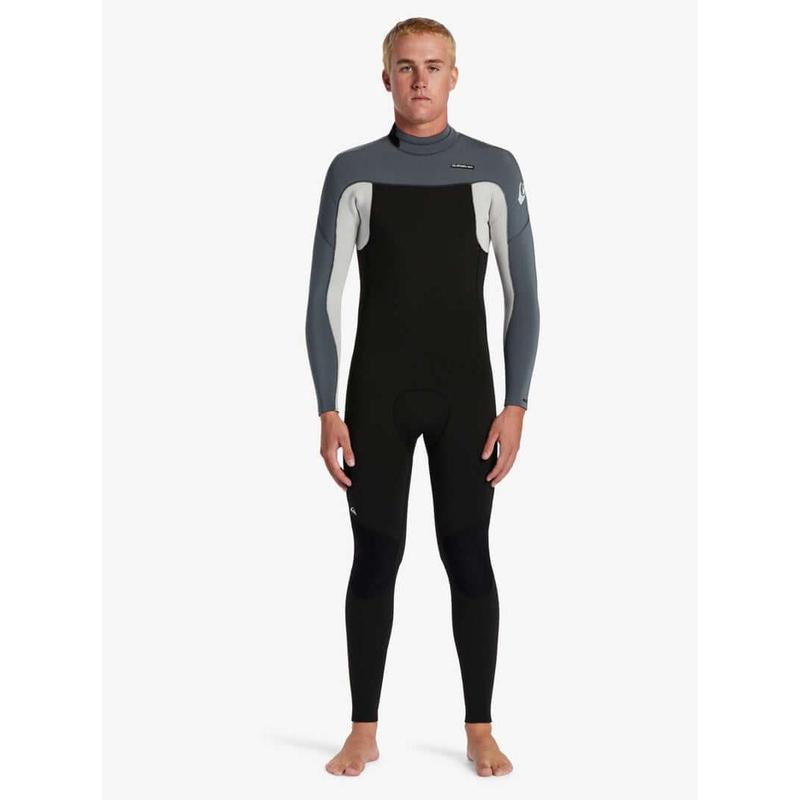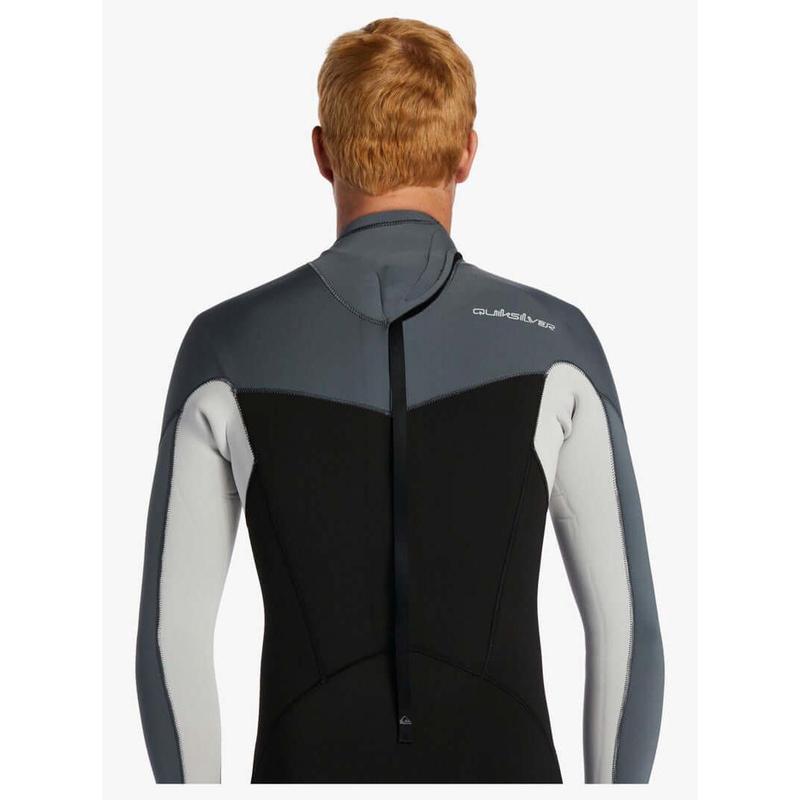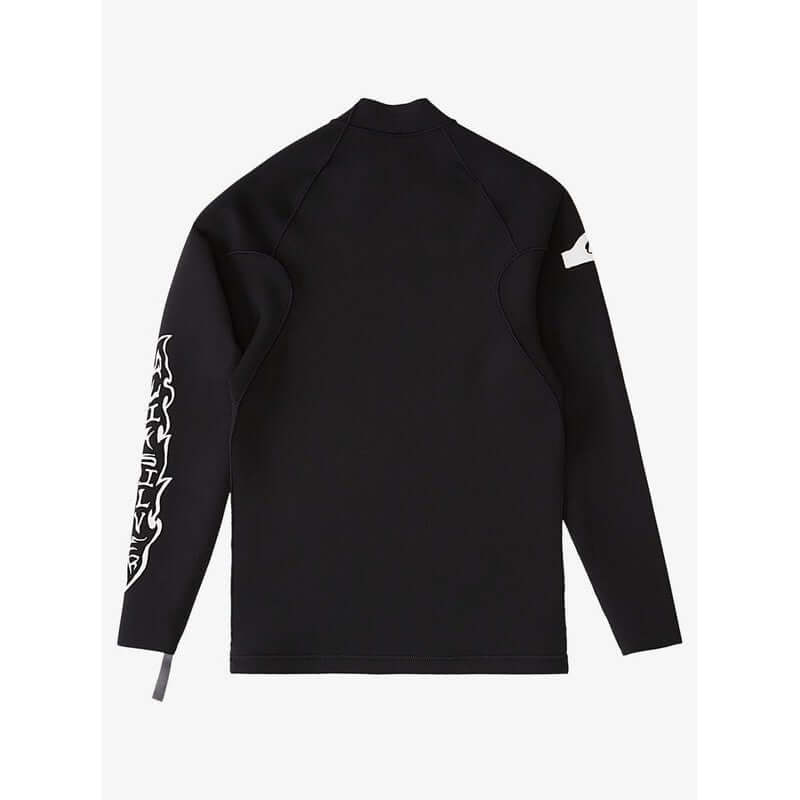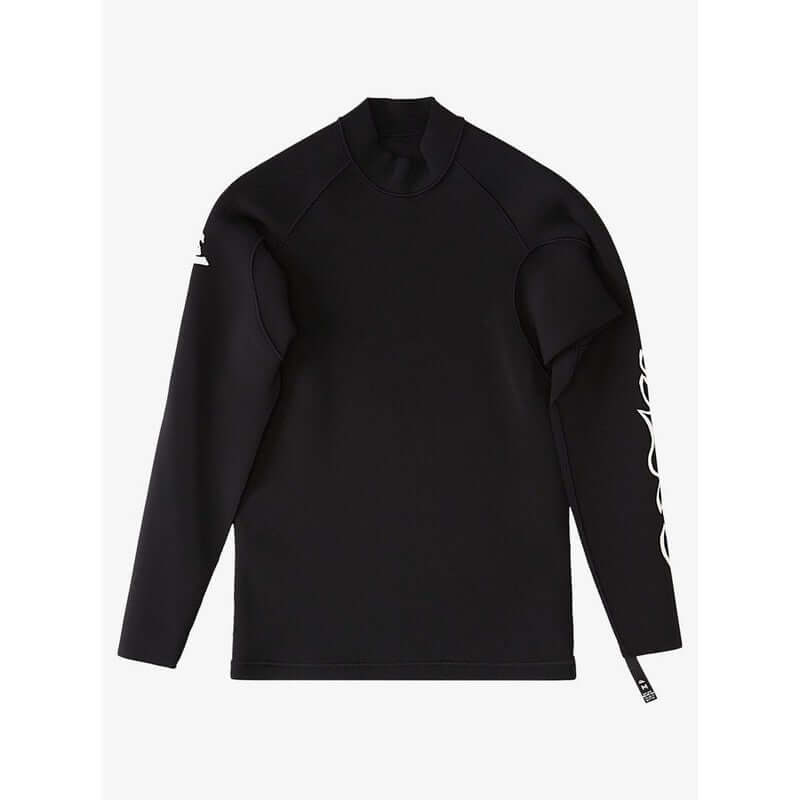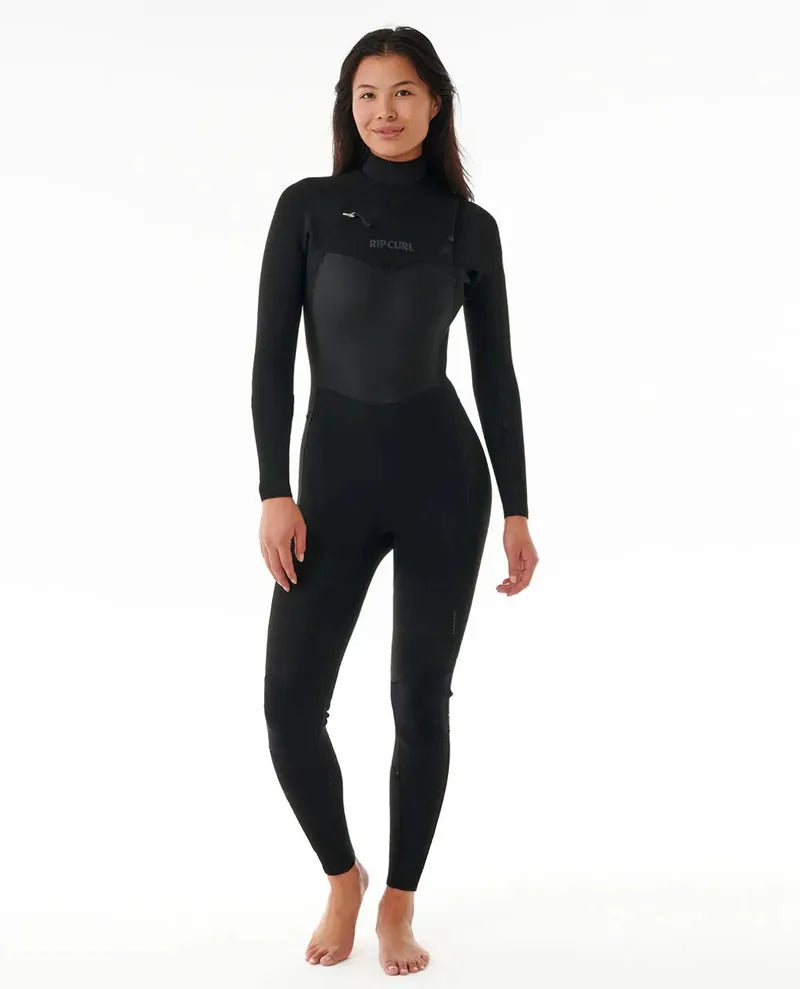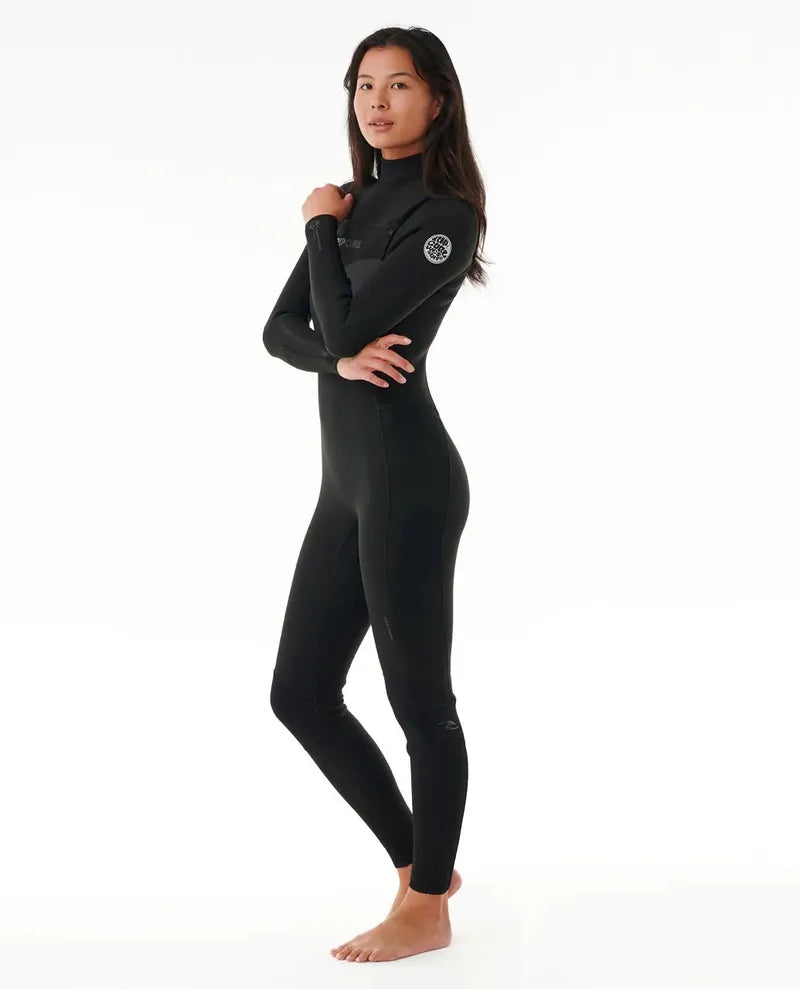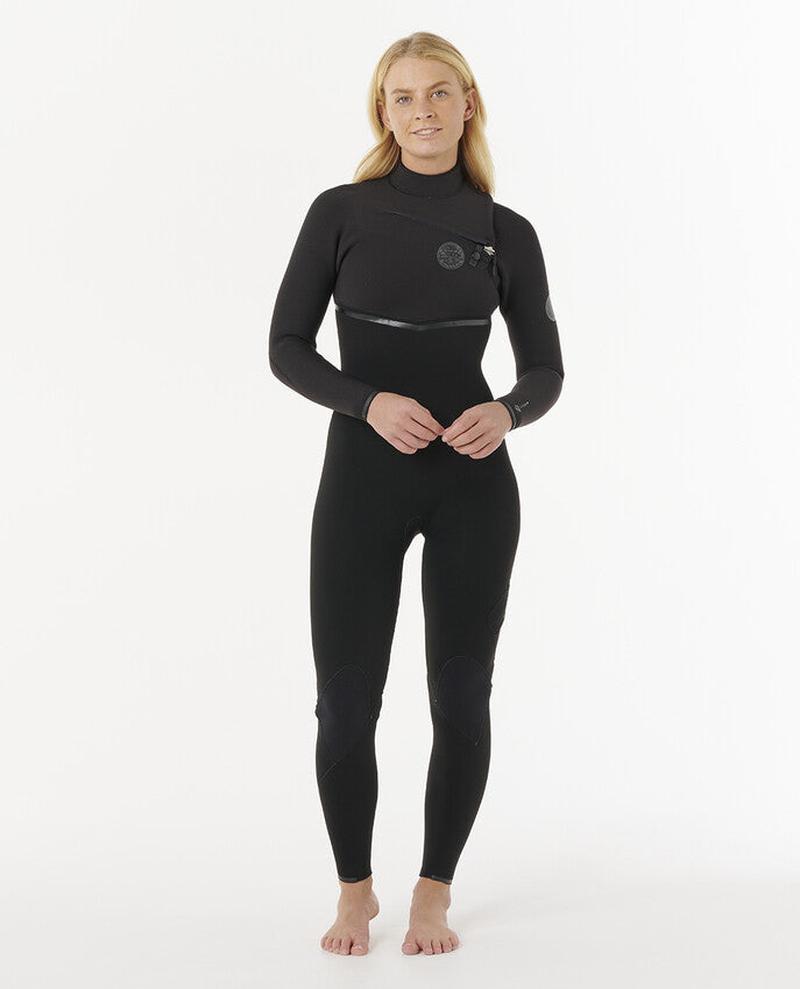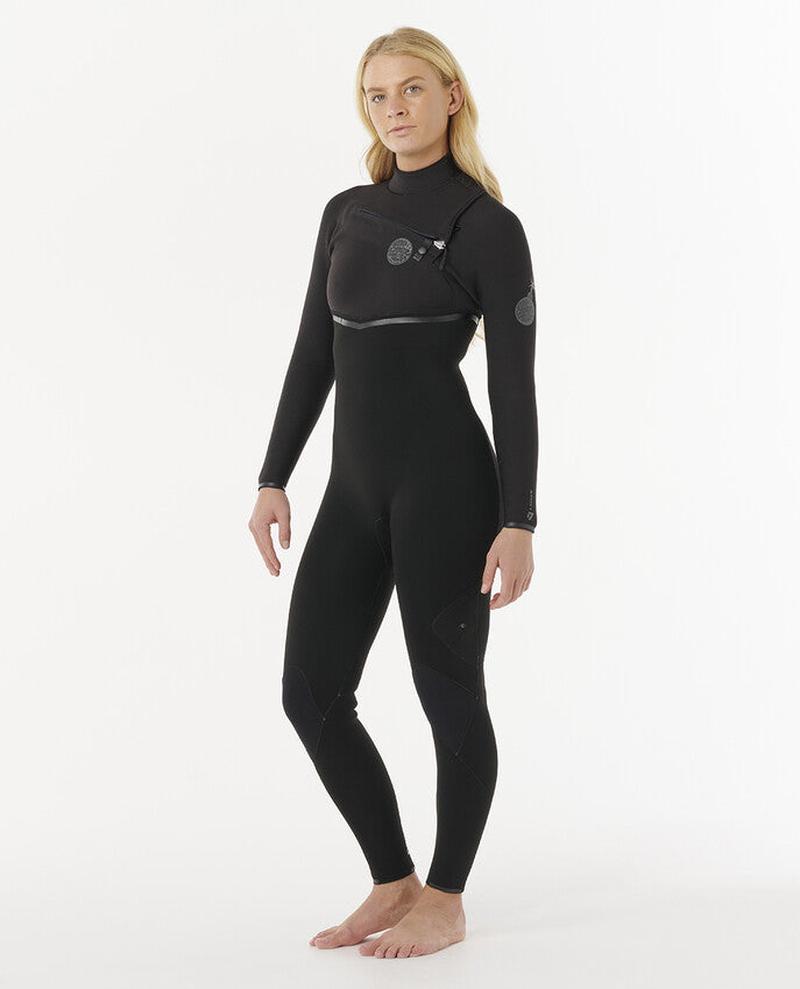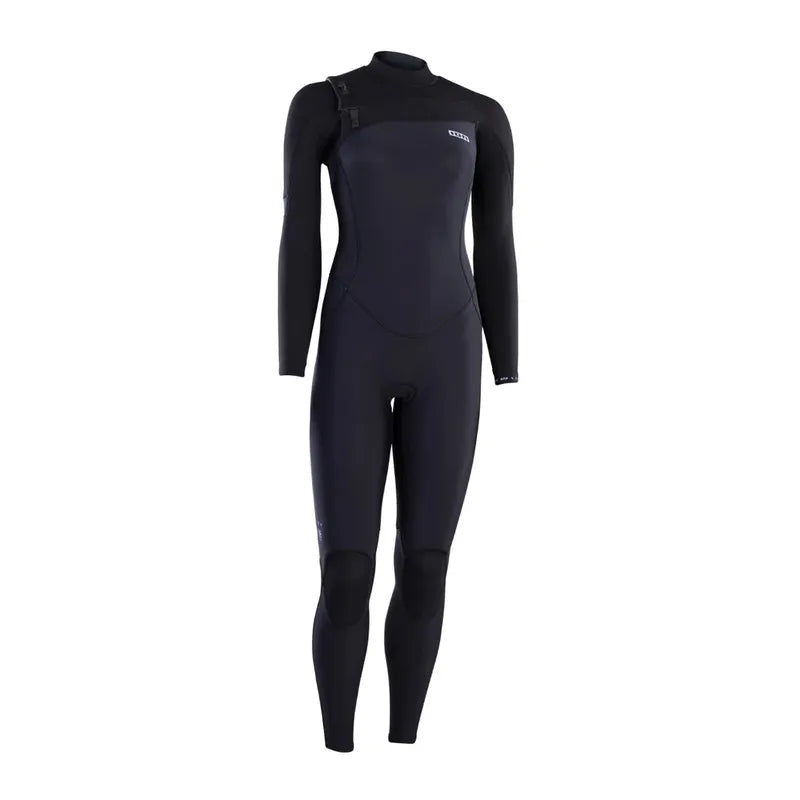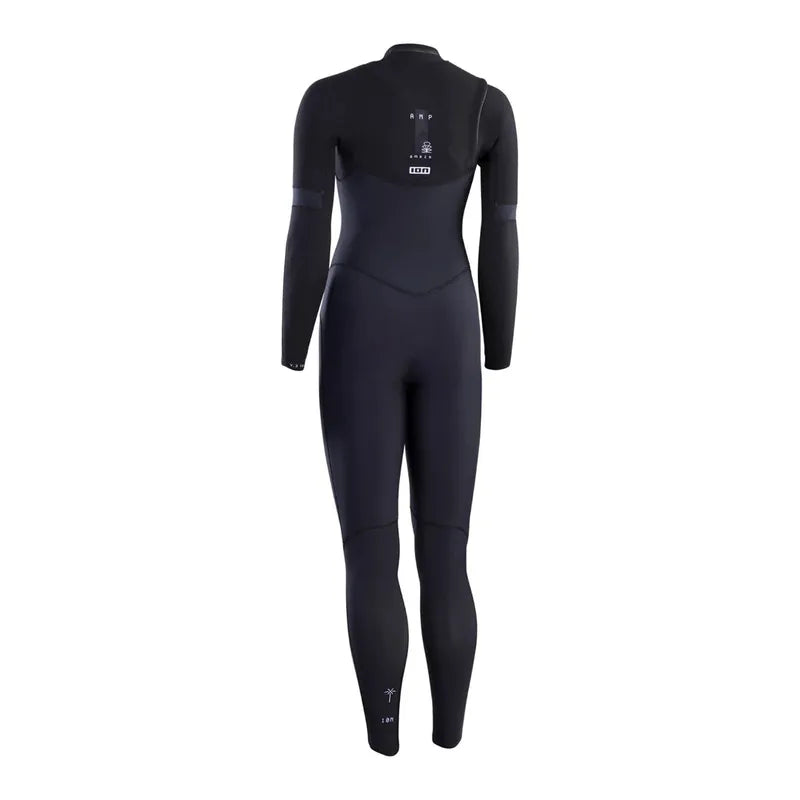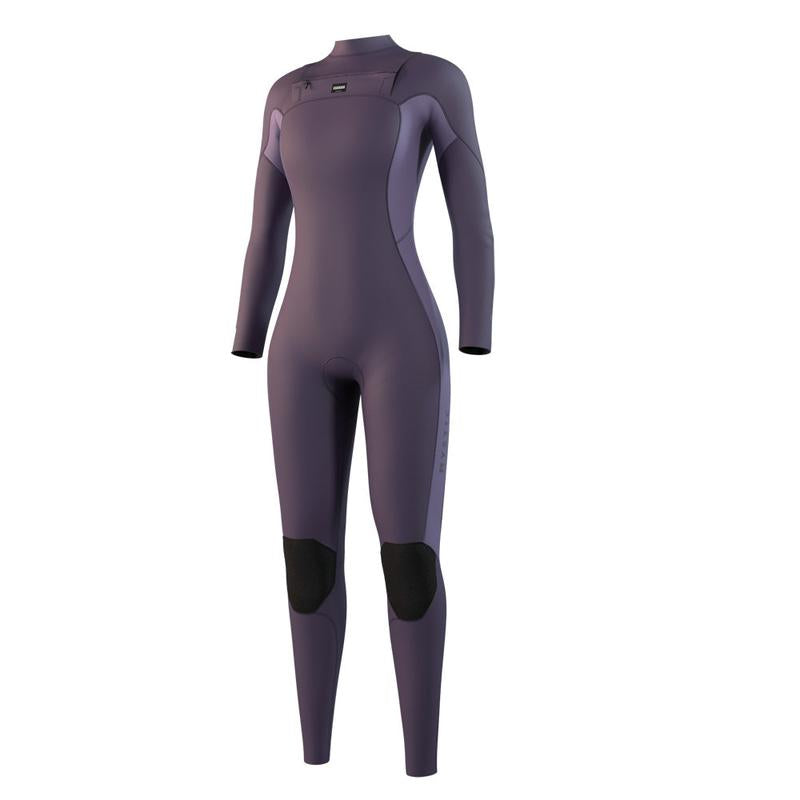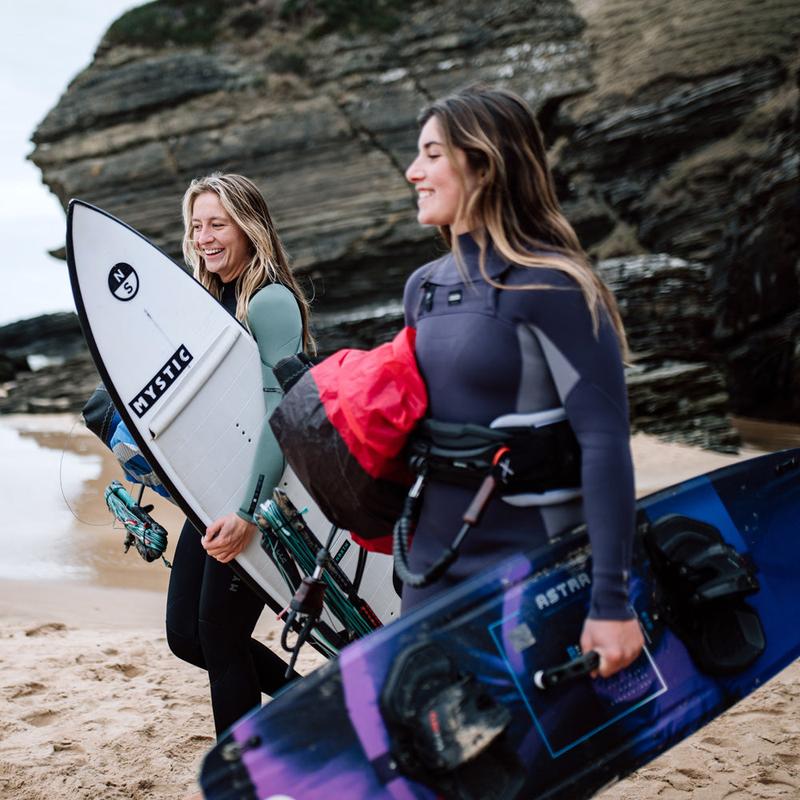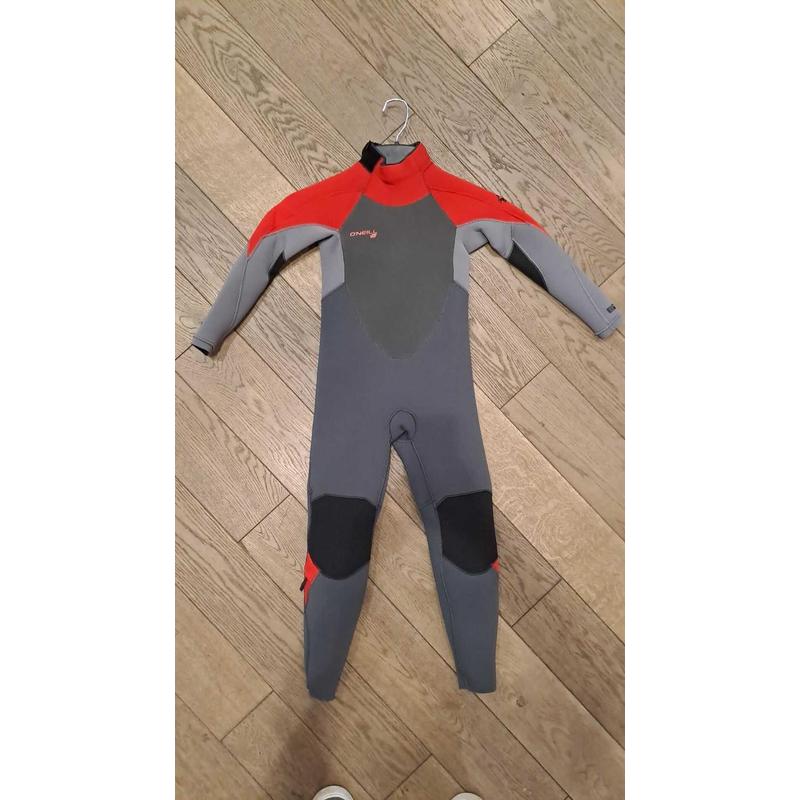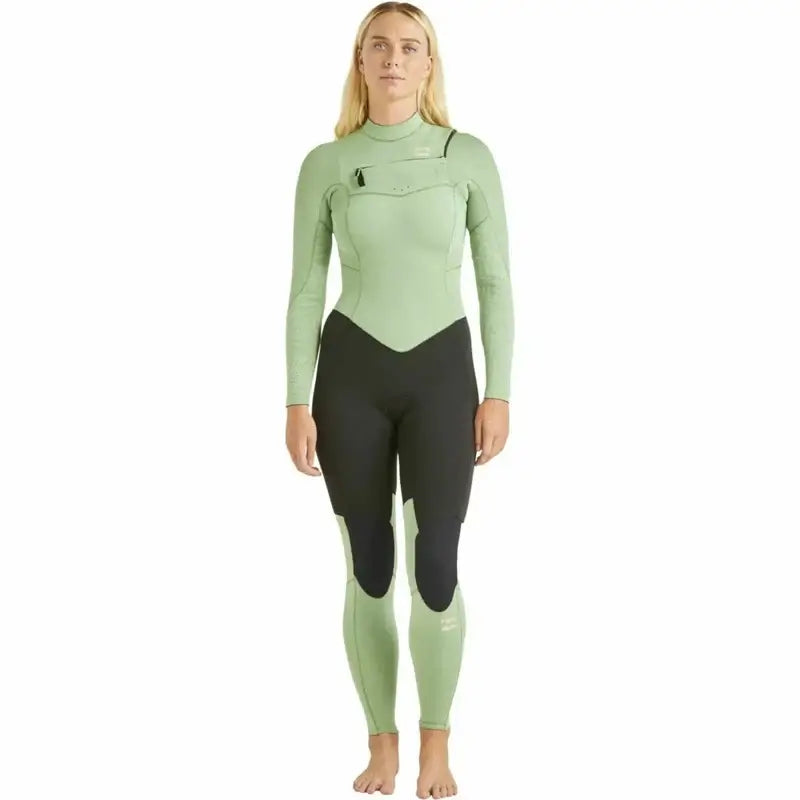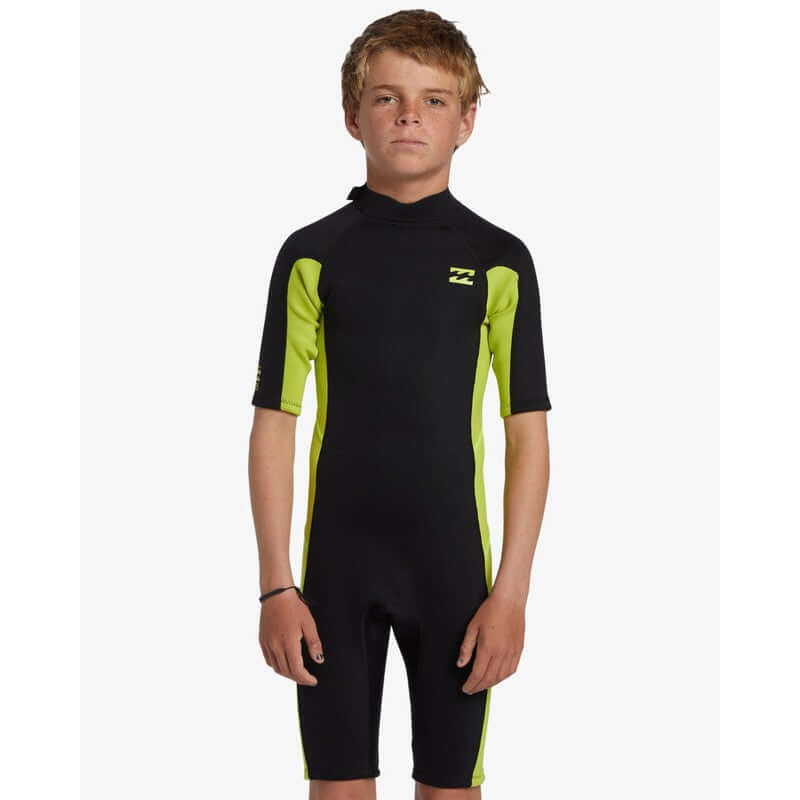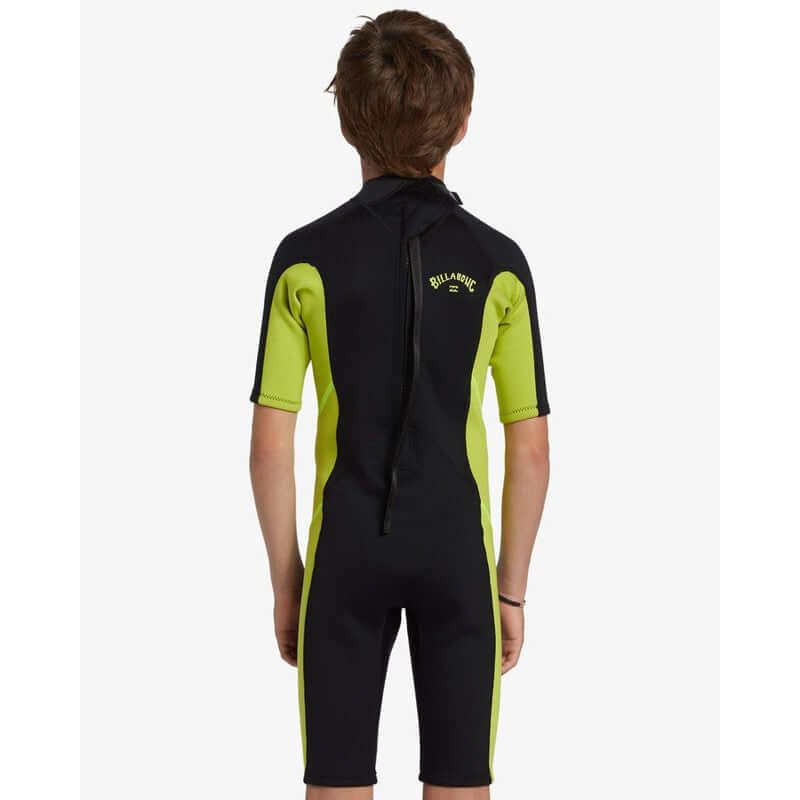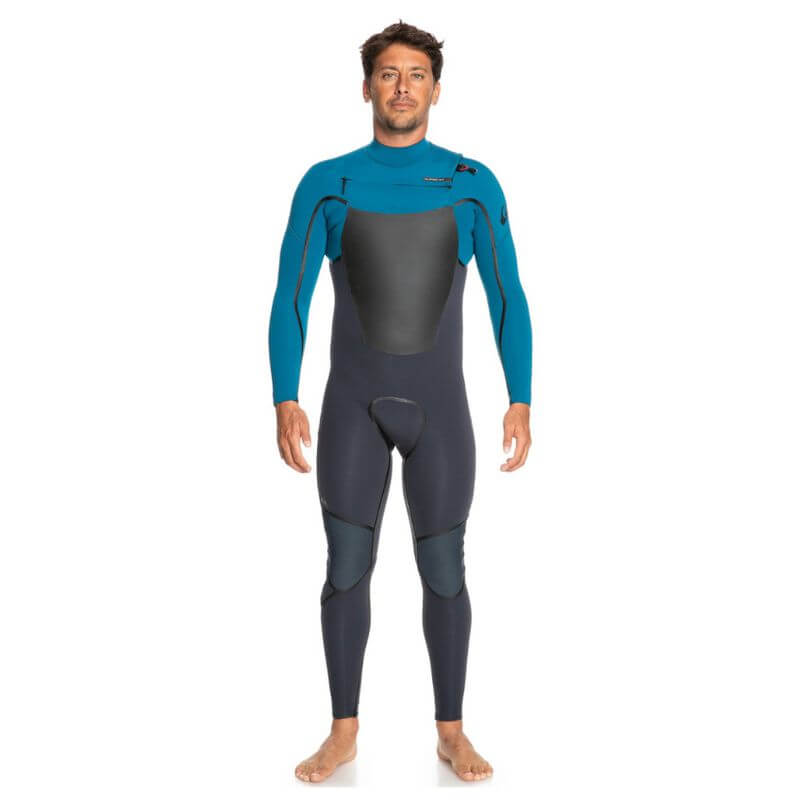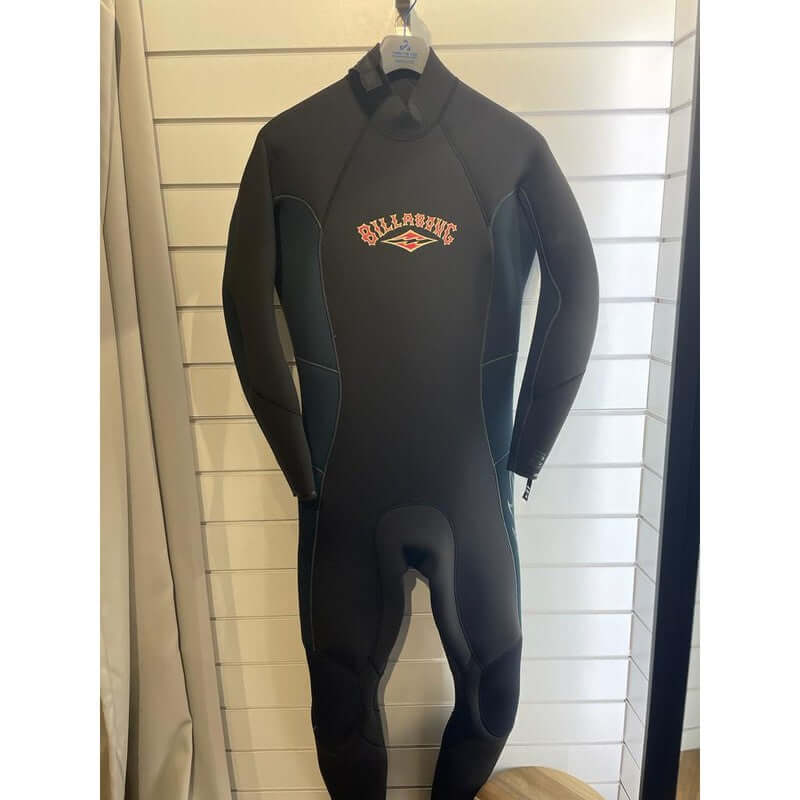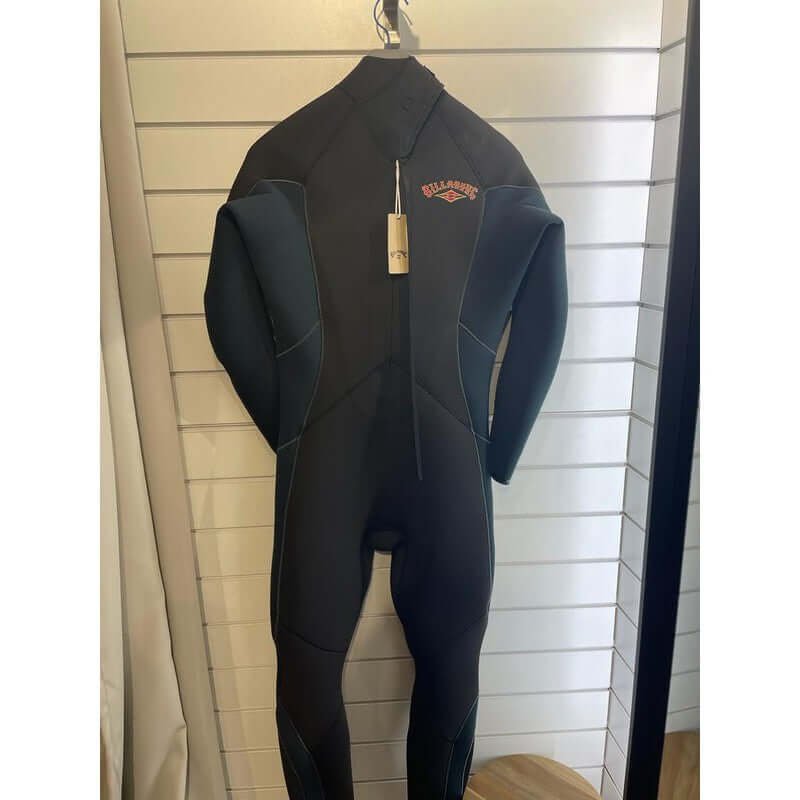Neoprene suits are basically suitable for all water sports to protect against the cold. Surfing places the highest demands on the neoprene suit, so the suits used for surfing are of extremely high quality. Unlike other sports, freedom of movement must not be hindered, and the suit should protect the body from the cold. In principle, the wetsuit can be used for surfing for all other water sports - but diving suits are constructed slightly differently when they reach a certain level of insulation.
Recommended thickness and types of wetsuits: You do not need a wetsuit for water temperatures above 24 degrees. We recommend wearing a neoprene suit for everything underneath. The colder the water, the more body surface area you want to cover. Shorties/springsuits are short suits for water temperatures from 20 degrees upwards. The suits are long underneath. Below you will find an overview of which neoprene thicknesses are recommended for which temperatures.
How a wetsuit works: Basically, the job of a wetsuit is to protect the body from cooling down. The wetsuit achieves this by storing a thin layer of water between the suit and the skin. This water layer is warmed up by our own body heat and protects us from the cold water outside the wetsuit. However, this requires that the wetsuit fits as closely as possible to the body. In addition to the layer of water heated by the body, the neoprene itself also insulates from the cold environment. This ultimately depends on the thickness of the neoprene.
Wetsuit thickness: The thickness is indicated using pairs/trios of numbers. For example, 3/2, 4/3, 5/4/3 represent the thickness of the neoprene in millimeters at different points. The thickest part is around the body (and on the legs in winter suits) and the thinnest part is in the arm/armpit area. The reason for the different structure is that the suit should offer as much freedom of movement as possible. This is particularly essential for surfers when paddling - you can do without it when diving, for example. 3/2mm suits are standard for summer, while 4/3 and thicker suits are more suitable for winter temperatures. There are surfers who spend time in waters that are just above freezing. The right equipment makes it possible, but of course there are certain limitations in terms of comfort.
Trying on a wetsuit: In order to avoid constant rinsing with cold water, the wetsuits really need to fit as tightly as possible. It is also important to ensure that the neck, hands and feet are tightly sealed. The best suit is of no use if it is worn too big. The material has developed extremely over the last few decades and thanks to its extreme stretchability, everyone can find a suit that suits them. It should also be noted that a dry suit always feels tighter than a wet one. This is why you have to keep this in mind when trying on clothes. It's normal to sweat when trying on things - everyone does! If you're in the suit, you can feel in your lower back whether there's air in it. If this area is too tight or breathing/movement is restricted too much, it is too small.
Seams: In addition to the obvious openings, cold water has other ways of getting into the suit. One of them is at the seams. Fully taped seams let in less water and are more elastic. However, a mix of glued/sewn is usually used in production, as these are less sensitive to sunlight (if you dry the wetsuit in the sun, the seams can become brittle). If you want to learn more about the types of seams, click here.
All the wetsuits that you see here on our website can be tried on in our Surfari Surf Shop in Zurich. Don't hesitate to contact us if you would like to learn more about wetsuits or have any questions regarding care or repairs .





